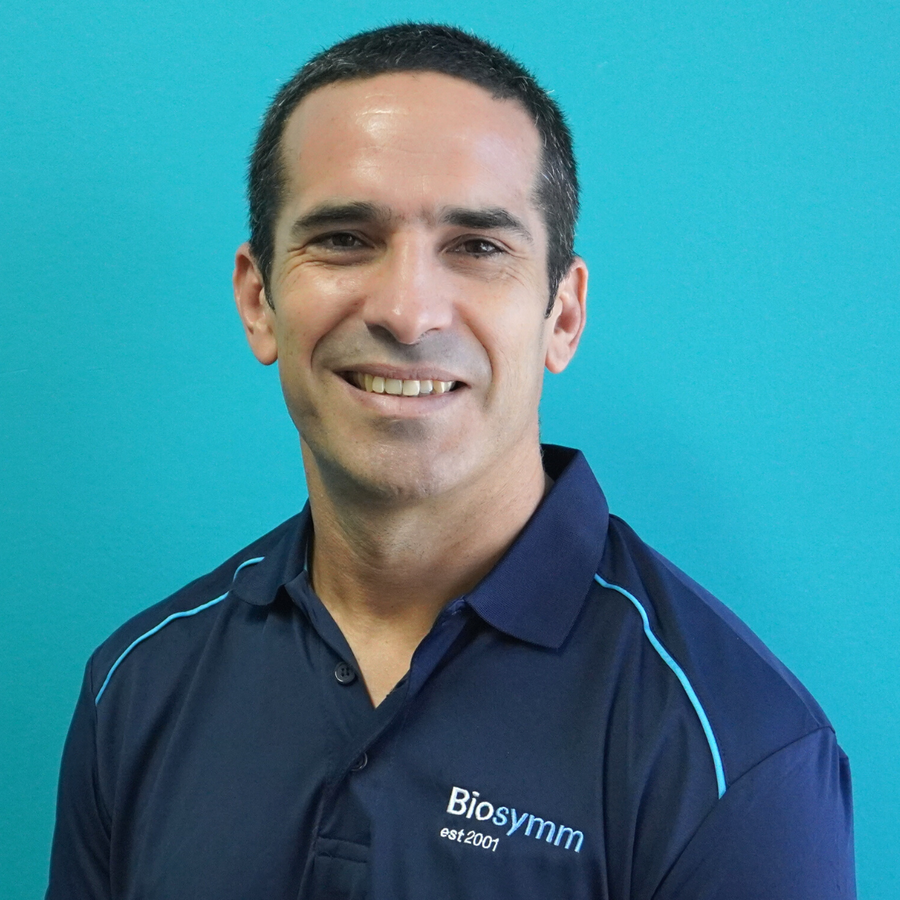We’re excited to feature experienced Physiotherapist and Registered Nurse Marcel Le-Feuvre, who leads our new occupational health service in Bunbury, Western Australia.
Marcel has extensive experience supporting the health and wellbeing of regional communities having worked in Alice Springs hospital and private practice in Port Headland, Collie and now Bunbury in Western Australia.
He has a special interest in combining his nursing and physiotherapy skills and experience to perform pre-employment assessments for prospective workers living in the South West region.
Additionally, he has a particular interest in treating shoulder and lower back injuries.
We sat down with Marcel to learn more about the industry and the biggest challenges corporate clients face in keeping their staff safe.
What aspects of the occupational health industry do you find most fulfilling or enjoyable?
The occupational health industry allows physiotherapists to widen their scope of practice as we are not only involved in helping a worker to assess, diagnose and treat their work-related condition but also in effectively preventing injuries to happen in the first place.
Our involvement in performing risk screening assessments using new technology can help us to accurately quantify the workers’ critical manual handling risk of their work task and also to implement more effective controls to minimise and even eliminate their manual handling injury risk.
The most enjoyable aspect of these interventions is that we are able to provide more tailored and specific advice that ‘makes more sense’ to the worker once we thoroughly understand what they do at work.
How important is a ‘whole of person’ approach to delivering physical and psychological injury prevention and management?
A person’s successful journey towards injury recovery is possible when the therapist not only identifies the present biological factors but also any biopsychosocial barriers hindering their function and role in society.
For instance, age-related imaging findings can lead a person to develop negative beliefs towards the seriousness of their injury and likelihood of recovery.
If these negative thoughts are not addressed, they can result in emotional distress, the development of negative beliefs towards movement or kinesiophobia and negative behaviours such as excessive guarding and becoming immobile.
Additionally, a ‘whole of person’ approach allows clinicians to determine what protective factors are available for the person to optimise their chance of moving again, such as their preferred form of activity/exercise, individual coping strategies, access to sports and recreational facilities near their home, level of social support such as family members or friends, and workplace culture towards health and safety.
What are the biggest challenges corporate clients face in keeping their staff safe?
A worker’s risk of injury depends on multiple factors as follows: exertion level or ‘heaviness’ of specific critical physical demands of a particular task; awkward postures required; frequency or number of repetitions and duration of the task performed over a working shift or swing.
However, internal factors such as a worker’s perception of risk can also affect the above-mentioned injury risk.
Risk normalisation happens when a person gradually becomes unaware of common hazards present in their workplace.
This can be minimised with the addition of regular manual handling and risk awareness training in the workplace.
What areas of occupational health do you think are the most underutilised by industry?
Despite overwhelming evidence to support its use, exercise rehabilitation is the most underutilised tool to facilitate return to work.
Clinically, clients who engage in active therapies earlier in their rehabilitation might have better chances to recover faster than those who receive passive treatment.
Functionally, it also makes sense that exercise rehabilitation can help workers to enable them to improve their capacity to perform the critical physical demands of their role by performing physical tasks that resemble their job duties in terms of body movements, lifting requirements, duration and repetitions.
Bookings for in-clinic treatment can be made via our website Bunbury clinic.
For businesses looking to discuss options for on-site services please contact us on 1300 424 679.

